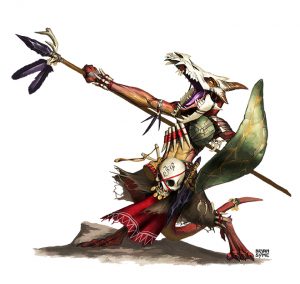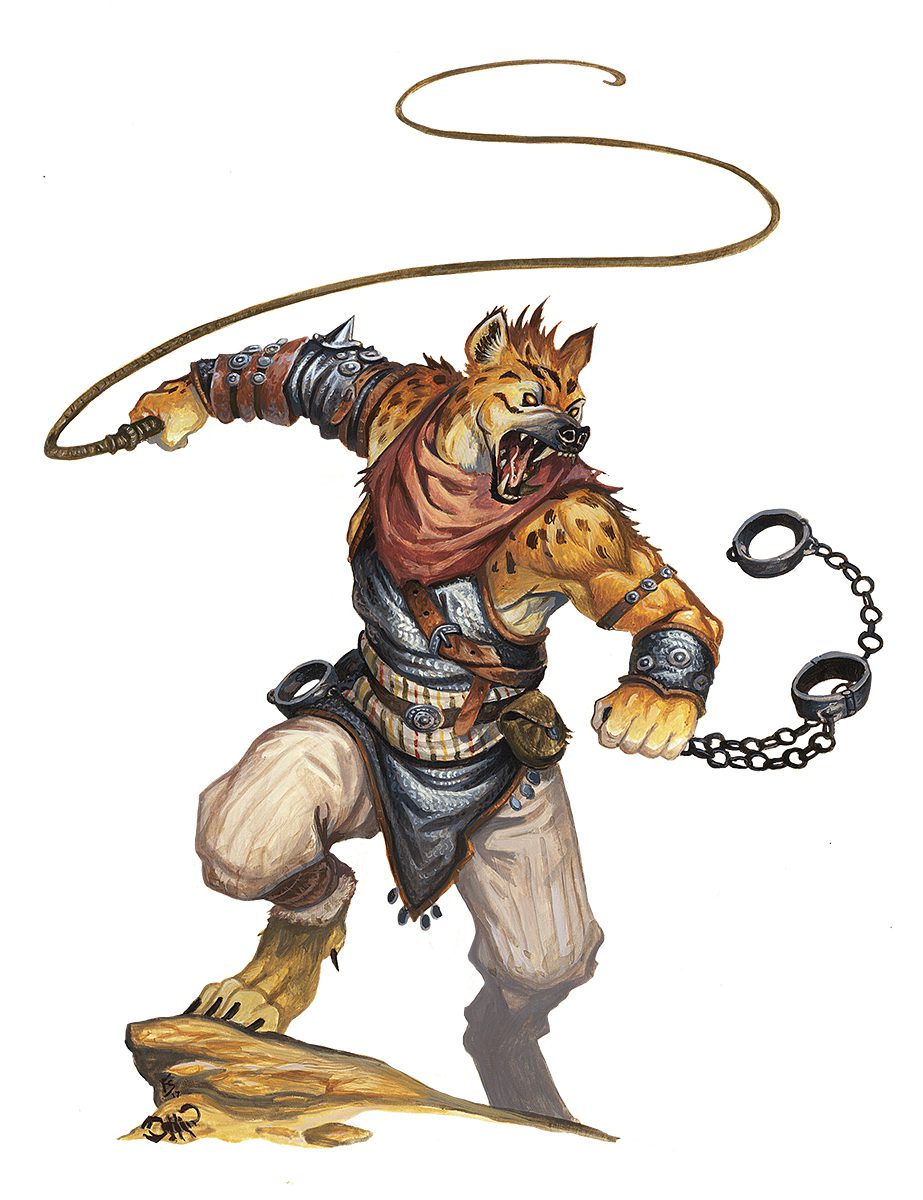 Way back when time began, I started gaming with Basic Dungeons & Dragons and moved quickly to AD&D. For the next few years, I was into anything TSR put out—Top Secret, Gamma World, Gangbusters, Star Frontiers, Boot Hill—and then I discovered Call of Cthulhu. But my group mostly stopped gaming when we started driving. There were brief returns—I lived in London after college and bought a lot of Call of Cthulhu at Forbidden Planet, and I came home for a year during which I was heavily into James Bond 007, but other than that, I didn’t game much.
Way back when time began, I started gaming with Basic Dungeons & Dragons and moved quickly to AD&D. For the next few years, I was into anything TSR put out—Top Secret, Gamma World, Gangbusters, Star Frontiers, Boot Hill—and then I discovered Call of Cthulhu. But my group mostly stopped gaming when we started driving. There were brief returns—I lived in London after college and bought a lot of Call of Cthulhu at Forbidden Planet, and I came home for a year during which I was heavily into James Bond 007, but other than that, I didn’t game much.
Then several years ago, I decided I wanted to introduce my children to role playing games. We’ve got nothing against video games in this house (at all, believe me, I’m probably 300 hours into Skyrim now), but I wanted something more social, more interactive, less railroady, and where violence wasn’t the only answer to a problem (though violence is fun too!). I started them with the wonderful Fate Core System from Evil Hat (now one of my favorite all-time systems), and we played that for about two years. It was tremendous—I’m a children’s book author, and we gamed in the world of my Thrones & Bones books, even running a year-long campaign that took place in one of the cities from and set right after the events of my novel Nightborn. But after two years of Fate, my players (which now included two of my nephews and some of my son’s peers from school) were getting hungry for more crunch. Plus, I was tired of them asking me how much gold they could get and what kind of magic weapons they could find (neither of which is very important in Fate, or at least it’s handled very differently).
Enter the new 5th Edition Dungeons & Dragons Starter Set. So around December of 2016, we dove into “The Lost Mines of Phandelver,” and they absolutely ate it up. But there was a parallel development happening with me, which is that before I returned to gaming, I was already collecting campaign books as inspiration for my fantasy novels (and just because they’re, you know, really cool). And while I love the world of Golarion, Eberron, and Golantha, it was Kobold Press’s Midgard that intrigued me the most. So I started buying a lot of Kobold Press products, even though I wasn’t gaming in their world.
Then, this past Winter, one of my players took a two-week trip to the Galapagos Islands. Very nice for them, but we had planned to game for most of the holiday break! We also had a new player who wanted to join our D&D games. So these circumstances presented an opportunity to try something new. I started looking at Midgard adventures that could be played in a session or two, and Cat and Mouse came to my attention because, while it was not designed with children in mind, it was being touted as “child friendly.” My group at the time included a then-8 year old, two 12 year olds, a 14 year old, and a 21 year old. I needed something that could hold an adult or a young adult’s attention without being inappropriate for a child.
And at this point, I want to just throw in an important aside. There are several very good games that are created with children in mind, and that is wonderful and necessary and great, but I want to draw the distinction between “children’s games” and “child-friendly games.” Often times, I think people designing specifically for children get too hung up on the level of violence in RPGs. Have you watched any cartoons lately? Played any video games? It’s usually not the level of violence that’s a problem for younger kids. It’s the level of sex, the level of suspense, or the level of horror and gore. Nothing needs to be dumbed down or played tongue-in-cheek or made cutesy. A kid-appropriate game can have monsters, fights, mayhem, mystery, murder, and everything that makes a good game while still being written in such a way as to hold an adult’s interest. If you’re looking for an example, Cat and Mouse absolutely fits the bill.
We dove right in. For those who haven’t checked it out, the adventure takes place in Midgard’s Southlands in a city called Per-Bastet, which is very much modeled on Cairo if it had districts run by vampires, kobolds and gnolls as part of the citizenry, a mystical river of sand running into its walls and pouring down a mysterious vortex, and a cat-headed goddess occasionally walking the streets. The adventure involved the hunt for a missing artifact that had disappeared into the seedy Perfume District of the city and which has at least three parties pursuing it. Cat and Mouse proved to be great because, while it was possible to fight your way through the entire adventure, nearly every encounter could be roleplayed to a resolution too. It allowed the players to fight or talk as much as they wanted—and my players like to do a lot of both.
It took us two sessions to run, at the end of which they had emerged victorious but with two potential rivals to plague them in the future and several friends among the common folk and temple acolytes of the streets of the Perfume District. And I only had one problem: my players didn’t want to go back to Phandelver! They’ve never been high on long dungeon crawls, and they love intrigue, roleplay, social and political complications, mystery, and the open sandbox freedom of a large metropolis. They also really dug the non-European setting. So we abandoned Faerûn for a while.
Between the end of Cat and Mouse and our next session, I picked up Xanathar’s Guide to Everything, and we found that the expanded downtime rules worked really, really well with Kobold Press’s suggestions for the passage of time between games. Kobold says one day of real life downtime equals two game days. We kept it at one-to-one though because we only game once a month on average. My characters spent their time carousing in the Perfume District, working, pit fighting, and performing in their band (one of them is a dragonborn bard). When they made contacts and rivals, I started pulling them from upcoming Southlands adventures to seed those adventures.
 We returned to run Tomb of Tiberesh, which is a more traditional dungeon crawl except that it takes place in a pyramid. Unfortunately, we found out that my youngest player has a fear of pyramids and mummies, so she dropped out, which somewhat hampered the party as she was the rogue! Meanwhile, I was afraid the shift to a dungeon crawl would bore them, but they loved the traps, and (very minor spoiler) the way the history of Tiberesh unfolds in hieroglyphics on the walls really intrigued my oldest player, who is himself studying linguistics.
We returned to run Tomb of Tiberesh, which is a more traditional dungeon crawl except that it takes place in a pyramid. Unfortunately, we found out that my youngest player has a fear of pyramids and mummies, so she dropped out, which somewhat hampered the party as she was the rogue! Meanwhile, I was afraid the shift to a dungeon crawl would bore them, but they loved the traps, and (very minor spoiler) the way the history of Tiberesh unfolds in hieroglyphics on the walls really intrigued my oldest player, who is himself studying linguistics.
The game ended with them fleeing upon (spoiler) Tiberesh’s second resurrection, though they barricaded him in his tomb. Now (big spoiler), Tomb of Tiberesh has more than one possible ending. The standard ending is that the company that hired them, Golden Falcon Antiquities, are actually members of the cult. This didn’t sit well with me in that there isn’t anything written to suggest a credible reaction to the players when they come out of the pyramid having presumably destroyed their god. GFA just wants to confiscate the magic items and doesn’t seem upset by the outcome otherwise, but I wanted some direction as to what else they’d do. Fortunately, the adventure actually has four suggested alternative endings, one of which is that GFA is a secret society dedicated to keeping dangerous magical artifacts out of the wrong hands. I love this. (I’m a sucker for these sorts of secret societies; I’ve got one in my aforementioned book Nightborn.) So I decided to split the difference. In my game, GFA is a mostly benevolent secret society, but the second in command is a secret cultist of Tiberesh. My players outed him, whereupon the head of GFA enlisted them to help weed out spies in the organization. After all, if the second in command was a cultist, he has no way of knowing how deep the infiltration goes, and a group of adventurers who have just rendered GFA a service are trusted outsiders who can be enlisted to help clean house. Meanwhile, expeditions back into the pyramid found no sign of Tiberesh, who has mysteriously vanished, presumably licking his wounds and plotting a more successful return.
The plan was to run Grimalkin next, the official sequel to Cat and Mouse. Now if I can take another, related aside—unlike Cat and Mouse, Grimalkin isn’t kid appropriate in that it deals with cannibalism and other, ahem, unpalatable subjects. It looks like its going to be great fun, but I do wish there wasn’t a tonal shift between the first adventure and its sequel. I’m just saying…
But as it turned out, two things happened before we could run Grimalkin. School let out and one of my players left for three weeks in France, and meanwhile Warlock Lairs put out The Scorpion’s Shadow, a prequel to Tomb of Tiberesh. It’s too good not to use somehow, especially since I already had plans to introduce the Cult of Selket (from Demon Cults & Secret Societies) in our campaign. But it’s an introductory adventure for four to five 1st-level characters and, as I said, a prequel to something I already ran. So here’s what I’m going to do (spoilers). I’m going to run an adventure for just two of my players (both 3rd level). The head of Golden Falcon Antiquities is going to contact them and say that after he reported a version of events to a sympathetic city official, the dig has been halted, but other officials, greedy for gold, want to hand the excavation contract over to rival archaeologists. His friend is set to make a speech to the officials on the importance of not doing so. Then the adventure, which starts when said city official is murdered by a cultist assassin, can play out as written (the murder being done to restart the dig). In the adventure, the cult of Tiberesh and Selket are in an alliance, so I’ll say that the Tiberesh devotees have asked for help in shoring up Tiberesh’s power after he was sadly shaken by being killed (once) by my players.
 After this adventure, when everyone is back, we’ll run “Den of the Rotten Kings” from the Book of Lairs. This adventure sees a gang of wererats blackmailing a city by threatening to poison their water supply. It’s setting agnostic, but since I’m porting it into Per-Bastet, we’ll say that it’s not the whole city, just the Perfume District, and the Kings aren’t blackmailing the city officials, just the local merchants who ply their trade there. In fact, I’ll pull a rival from Cat and Mouse as the one who comes to them with the job (the gnoll merchant Hakaan-al-Khareen Zmirr Nill Mo Chatooor, who is a blast to run as an NPC). Then it will be off to Grimalkin and then Last Gasp. Eventually, this will all culminate in a final showdown of my own devising with the cults of Tiberesh and Selket both. Or at least that’s the plan. Who knows what amazing stories for the Southlands Kobold Press might introduce before we get there! And there are a few more high-level Southlands adventures in Eldritch Lairs. And that’s what I love about Midgard. We can literally go anywhere and do anything. Also, for a setting that touts how “dark” it is, there is a surprising number of opportunities for humor.
After this adventure, when everyone is back, we’ll run “Den of the Rotten Kings” from the Book of Lairs. This adventure sees a gang of wererats blackmailing a city by threatening to poison their water supply. It’s setting agnostic, but since I’m porting it into Per-Bastet, we’ll say that it’s not the whole city, just the Perfume District, and the Kings aren’t blackmailing the city officials, just the local merchants who ply their trade there. In fact, I’ll pull a rival from Cat and Mouse as the one who comes to them with the job (the gnoll merchant Hakaan-al-Khareen Zmirr Nill Mo Chatooor, who is a blast to run as an NPC). Then it will be off to Grimalkin and then Last Gasp. Eventually, this will all culminate in a final showdown of my own devising with the cults of Tiberesh and Selket both. Or at least that’s the plan. Who knows what amazing stories for the Southlands Kobold Press might introduce before we get there! And there are a few more high-level Southlands adventures in Eldritch Lairs. And that’s what I love about Midgard. We can literally go anywhere and do anything. Also, for a setting that touts how “dark” it is, there is a surprising number of opportunities for humor.
If there’s a point to my meanderings, it’s just that the rich, layered, and nuanced world of Midgard’s Southlands is an amazing place, unlike any setting I’ve ever gamed in, and the variety of adventures Kobold Press releases, together with the plot hooks baked into the setting, make it really easy for a DM to string together a campaign out of what they offer and what they leave for you to invent. I would also urge everyone designing adventures (Kobolds included) to consider my distinction between children’s games and child-acceptable games, and I vote for more of the latter. But if your DMing games and you haven’t checked out the Southlands yet, what are you waiting for? You really need to dive in. Meanwhile, fear not, we did return to Phandelver, though we haven’t finished it yet, and we will be starting a third campaign centered around Zobeck soon (and involving dark elves and the Shadowrealm because why the heck not?), but we’ve got plenty more to do in and around Per-Bastet to satisfy the curiosity of any cat.
Lou Anders is the author of Frostborn, Nightborn, and Skyborn, the Thrones & Bones series of fantasy adventure novels, as well as the upcoming Star Wars: Pirate’s Price. Each of the Thrones & Bones books, in addition to being exciting stories full of heroes and monsters that both children and adults enjoy, contains rules for an original board game that Anders created. He is also the recipient of a Hugo Award for editing and a Chesley Award for art direction, and he was named a Thurber House Children’s Writer-in-Residence in 2016. Anders lives in Birmingham, Alabama with his family and a Golden Doodle named Hadley. You can visit him online at louanders.com, on Facebook, on Tumblr, and on Twitter at @Louanders.

I’m so glad you are enjoying the Southlands Lou. It was a project that Ben and I were passionate about but sort of feared that we were the only ones! It is awesome to hear that you and the kids are loving it too.
I cannot imagine that we are the only ones. Furthermore, the most common complaint I hear leveled against WotC is that people want non-Realms content. I cannot help but think there are a lot more folks who need to check out Midgard and the Southlands.